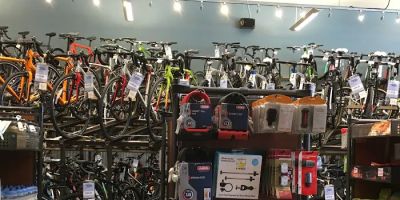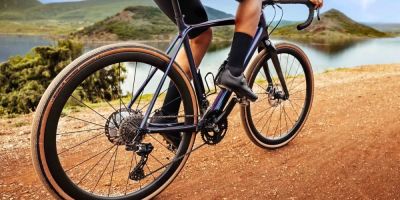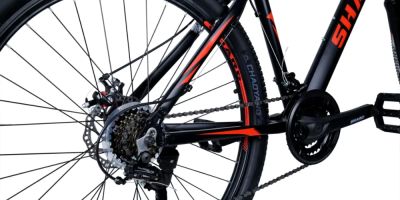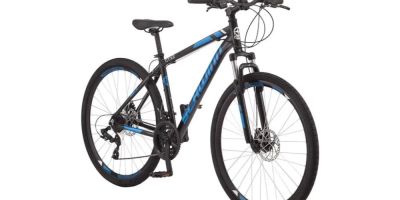- 1-benefits-of-tubeless-tires
- 2-choosing-the-right-tubeless-mountain-bike
- 3-real-experiences-with-tubeless-mountain-bikes
- 4-maintenance-tips-for-tubeless-tires
- 5-where-to-find-quality-products
1. Why Mountain Bikes with Tubeless Tires Are a Game-Changer
Mountain biking has evolved rapidly over the last decade, with technological advances that drastically improve rider experience and performance. One of the most impactful innovations is the widespread adoption of tubeless tires on mountain bikes. Unlike traditional tires with inner tubes, tubeless tires eliminate the inner tube completely by sealing the tire directly onto the rim.
This setup offers multiple advantages for off-road enthusiasts. First and foremost, tubeless tires significantly reduce the risk of punctures. Thanks to the liquid sealant inside, small cuts or holes are automatically sealed, allowing riders to keep going without interruptions. This is a major advantage on rough, rocky trails where punctures are a constant threat.
Additionally, tubeless tires allow riders to run lower tire pressures. Lower pressure means better traction and improved control, as the tire conforms more naturally to the terrain. This leads to enhanced grip on technical descents and slippery surfaces, giving mountain bikers more confidence and stability.
Finally, tubeless tires tend to be lighter, as they remove the weight of the inner tube. This reduction can improve acceleration and reduce fatigue on long rides, a benefit especially appreciated by serious cyclists.

Mike's Bikes of Berkeley
1824 University Ave, Berkeley, CA 94703, USA
2. How to Select the Best Mountain Bike with Tubeless Tires for Your Needs
Selecting the right mountain bike equipped with tubeless tires involves understanding both your riding style and the terrain you plan to conquer. Trail riders focusing on diverse terrains might prioritize versatile tires with a balance of tread for grip and rolling efficiency. On the other hand, downhill enthusiasts will need wider tires with aggressive tread patterns for maximum stability and shock absorption.
Beyond tire choice, the bike’s rim compatibility is critical. Not all rims are designed for tubeless setups, so make sure your bike’s wheels are tubeless-ready or can be converted with the appropriate rim tape and valves. When buying a new mountain bike, many modern models come factory-equipped with tubeless tires, ensuring optimal performance straight from the start.
Another factor is sealant quality. Different brands and formulations can affect how well punctures are sealed and how often you need to top up the sealant. Riders often share insights online about their favorite sealants based on durability and ease of maintenance, providing valuable real-world advice.

Mike's Bikes of Berkeley
1824 University Ave, Berkeley, CA 94703, USA
3. Real Stories from Riders: Tubeless Tires in Action
Consider the story of Jake, an avid mountain biker from Colorado. Before switching to a mountain bike with tubeless tires, he frequently dealt with flat tires that cut his rides short. Since transitioning, Jake reports drastically fewer punctures—even after tackling aggressive, rocky single tracks. He shares that being able to lower tire pressure without worrying about pinch flats improved his cornering and overall trail control, making his rides both safer and more enjoyable.
Similarly, a popular mountain biking community recently discussed a race where riders using tubeless setups had a distinct advantage in completing the course with fewer mechanical interruptions. These firsthand accounts reflect the tangible benefits of tubeless technology beyond just theory or marketing claims.
4. Maintaining Your Tubeless Tires for Long-Term Performance
While tubeless tires bring numerous advantages, they do require regular maintenance to stay reliable. Periodically checking the sealant level inside the tire is essential since the liquid can dry out over time, reducing its ability to seal new punctures. Most riders recommend inspecting the sealant every 3 to 6 months, depending on riding frequency and climate.
Additionally, cleaning the tire bead and rim interface when changing tires ensures a strong seal and prevents leaks. Learning to mount and dismount tubeless tires properly can save frustration and avoid damage. For newcomers, many bike shops offer workshops or tutorials to get comfortable with these tasks.
5. Where to Get the Best Mountain Bikes with Tubeless Tires and Accessories
Finding quality products and reliable services is crucial for getting the most out of your tubeless mountain biking setup. For a wide selection of bikes, tubeless tires, sealants, and expert advice, Healthy Cycling is a trusted destination. Whether you’re a beginner or a seasoned pro, Healthy Cycling offers carefully curated gear tailored to different trail conditions and riding styles.
Their team understands the nuances of tubeless technology and can help you choose the right components to optimize your ride. By relying on expert recommendations and authentic product reviews, you can confidently upgrade your mountain bike and enhance your trail adventures.










